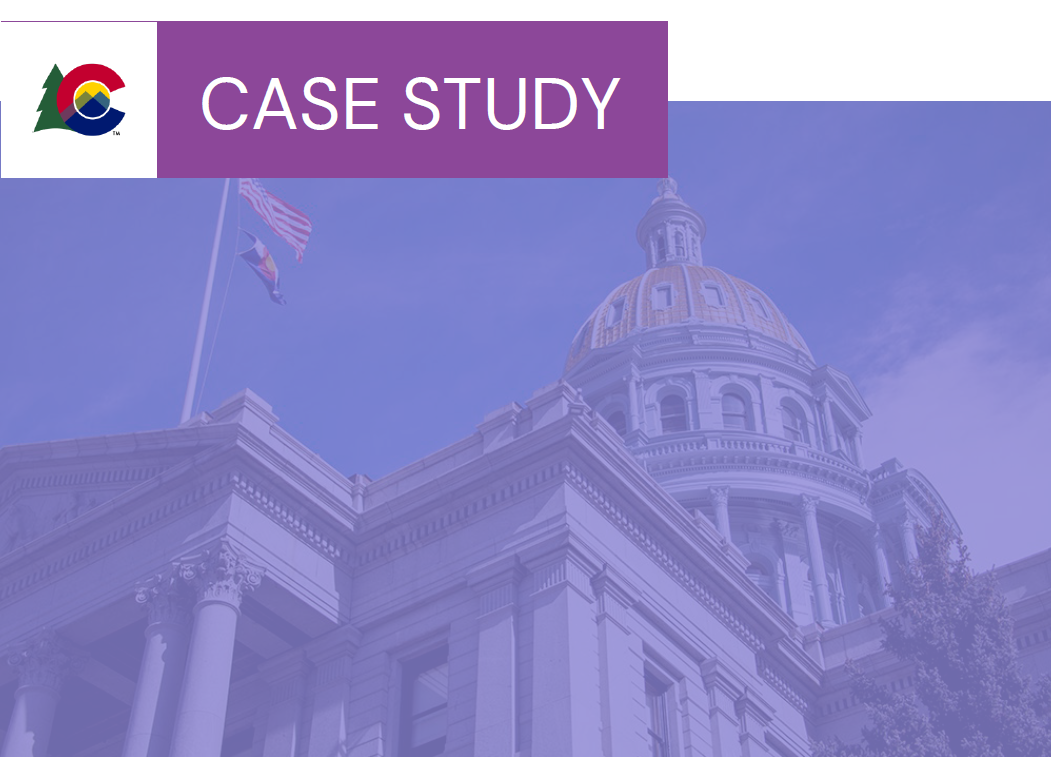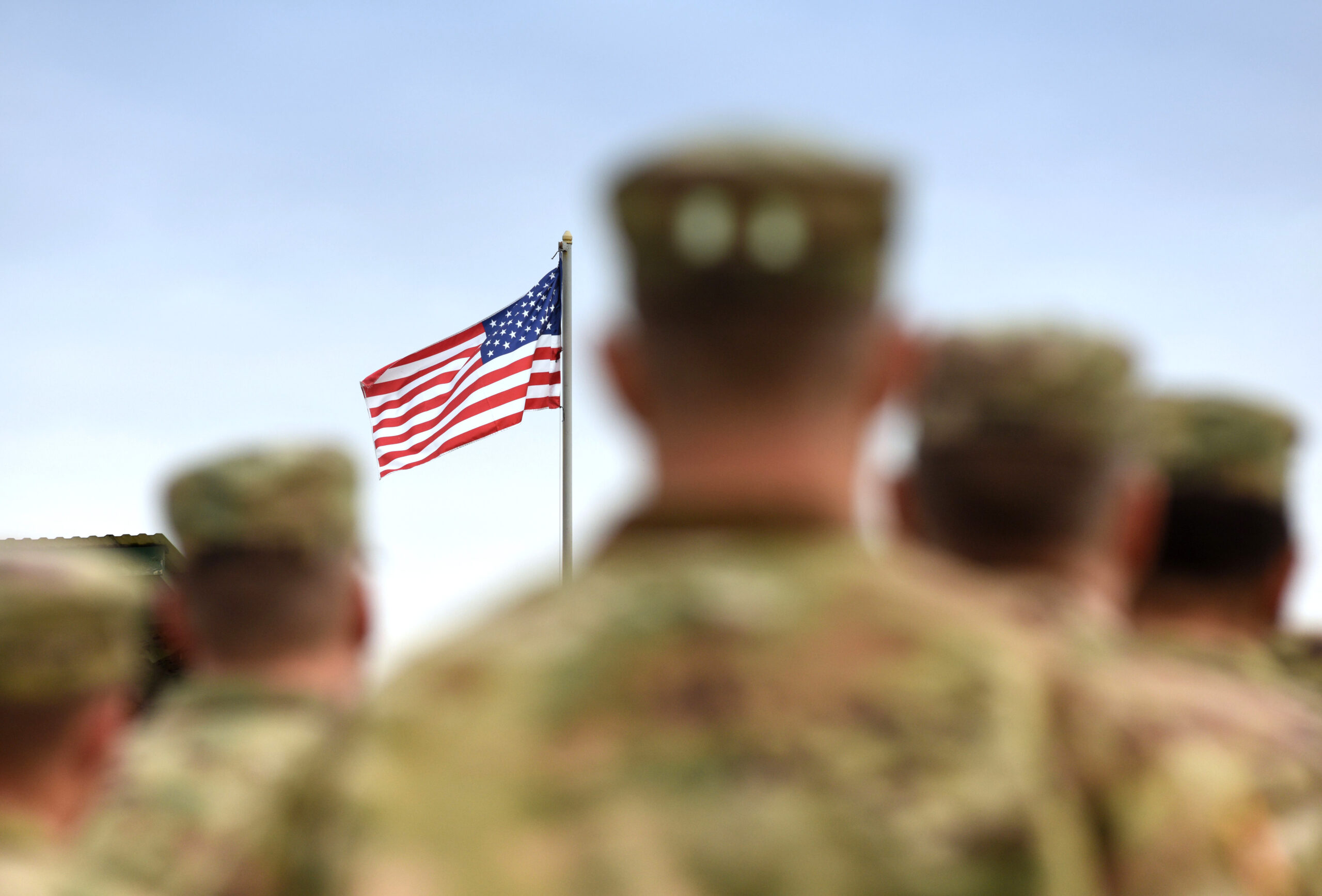OVERVIEW
As states and territories gradually reopen their economies and relax social distancing rules meant to slow transmission of COVID-19, there remains widespread demand for personal protective equipment (PPE), including respirators (e.g., N95 respirators), masks, face shields, goggles, gowns and gloves. Additionally, Centers for Disease Control and Prevention (CDC) guidance, as well as state and territorial recommendations and mandates, call for the use of cloth face coverings as a method of source control where social distancing is not practiced. In some instances, states and territories may be positioned to create or enhance their stockpiles of PPE to prepare for the anticipated resurgence of COVID-19. The availability of data from the early months of the pandemic can be used to inform a strategic procurement, allocation, and stockpiling strategy that balances preparedness efforts with the ongoing need to protect health care workers, first responders and individuals in long-term care and correctional settings who remain at high-risk. States are also increasingly thinking about the PPE needs of small businesses and underserved communities, particularly those that have been disproportionately impacted by COVID-19.
To better inform this memo, the National Governors Association (NGA) surveyed states to explore and understand their activities in the areas of PPE stockpiling and procuring or paying for PPE and/or cloth face coverings for: those in the state’s care (e.g. foster care, corrections); state employees; small businesses; and low-income households. A total of 12 states and territories responded to this survey, and further information on their responses for each area are highlighted throughout this memo. NGA also engaged with several external partners to better understand the supply chain and have reflected some of those perspectives in this memo. As such, this memo serves to showcase the landscape of current state strategies to obtain PPE, from stockpiling activities to the PPE needs of small businesses and provides only limited considerations for future PPE efforts.
STATE STOCKPILING FOR COVID-19 RESPONSE
Recognizing the limitations of federal support available to address PPE needs during this public health emergency, states are increasingly establishing or enhancing state stockpiles to address future demand (based on information such as burn rate, days on hand inventory, and many other factors). However, where demand continues to outstrip supply, robust stockpiling of PPE for the COVID-19 response may not be feasible. Additional considerations for stockpiling PPE include the cost and availability of warehouse space as well as other capital and personnel resources, including trained staff and inventory management systems. States may also keep in mind other factors, such as duplication of efforts, with regards to supplier vetting, purchasing, and sourcing. To support the cost of stockpiling, states may also consider using federal preparedness funds such as the Public Health Emergency Preparedness program, the State Homeland Security Grant program, and the Urban Area Security Initiative (where applicable). CARES Act funding may also be used to improve stockpiles, in addition to state led appropriations.
State Examples
- Iowa started rebuilding their stockpile through a $45 million dollar emergency purchase order signed by the state’s executive branch.
- Ohio created a Hospital PPE Readiness Stockpile to ensure a reliable supply to meet the needs of health care workers, long-term care facilities, and congregate care facilities. By analyzing its current surge model, FEMA allocations, nursing home cases and other data points, the state was able to set the stockpiles at the total PPE surge reserve amount.
- Oklahoma is stockpiling a 100-day supply of PPE in case COVID-19 cases peak to levels that cannot be supported by the current supply chain. Additionally, the state is using an upgraded warehouse for their state stockpile that had previously been used in response to natural disasters.
- Early in the pandemic, Utah began setting aside 15 percent of incoming supplies as an emergency reserve in case there was a spike in demand that could not otherwise be addressed. More recently, the state has begun maintaining a 60-day supply of PPE in a convention center that has been repurposed to serve as a short-term warehouse.
Survey Highlights
- 9 out of 12 states and territories in the survey reported specific efforts to maintain and/or improve their state stockpile.
- 5 out of the 9 states and territories that indicated they were actively stockpiling stated that they are doing so for a 60-100-day supply at their current usage rate, or at their heaviest usage rate during the pandemic.
SPURRING NEW PRODUCTION
In Spring 2020, when the international supply of PPE and other lifesaving equipment was halted due to lockdowns abroad, front line and other essential workers found it increasingly difficult to procure these needed items. In light of this crippled supply chain, governors and other state leaders began supporting local production, while also crafting partnerships to reduce competition and foster collaboration.
State Examples
- The governors of Connecticut, Delaware, Massachusetts, New Jersey, New York, Pennsylvania, and Rhode Island announced a joint multi-state agreement to develop a regional supply chain for PPE, testing supplies, and other medical equipment needed to address COVID-19.
- Maryland dispersed grants from the state’s COVID-19 Emergency Relief Manufacturing Fund to local manufacturers who have switched production to make PPE for essential and front-line workers. Additionally, Ohio launched the Ohio PPE Retooling and Reshoring Grant Program, which will provide funding to small and medium-sized manufacturers so they can repurpose existing facilities to make PPE or to re-shore PPE production entirely.
- Massachusetts created the Manufacturing Emergency Response Team (M-ERT), a collaboration between academic and industry partners that has shown success in opening up new supply chains and ramping up production of PPE and other supplies.
LONG-TERM CARE FACILITIES AND CORRECTIONS
Ensuring access to PPE for at-risk populations, such as those in long term care (LTC) settings and within jails and prisons, has been top of mind for many state leaders as they work to reduce infection and transmissions rates. Even with early federal responses to coordinate a 14-day supply of PPE to nursing homes across the country, states continue to take swift and measured action to maintain access to this life saving equipment for their most vulnerable populations.
State examples
- In March, New York announced that correctional facilities would begin producing hand sanitizer for distribution to the most hard-hit parts of the state. In Tennessee, inmates at state correctional facilities manufacture masks and gowns for distribution to medical facilities.
- Oklahoma began using CARES Act funding in April to provide PPE to every federally registered LTC facility in the state, replenishing those resources every 5-6 days until an online system was developed for facilities to place orders directly. The state uses CARES Act funding to provide PPE free to LTC as well as correctional facilities, where every inmate and staff are provided surgical/procedure masks.
- In Utah, National Guard teams visit LTC facilities to provide education on PPE usage and assess need, which the state addresses with same-day inventory delivery.
- Vermont provides PPE to individuals as they leave incarceration and reenter the community, as well as to individuals on parole in need of masks. The Department of Health’s PPE guidance addresses the type of PPE recommended for different individuals and scenarios in correctional and detention facilities.
Survey Highlights
- 11 out of 12 states and territories in the survey reported specific efforts to procure and/or pay for PPE or cloth face coverings for those in the state care. Specific entities included long-term care facilities, corrections, congregate housing, state hospitals, dentists, and dialysis centers.
- 1 out of the 11 states and territories indicated that they are providing bi-weekly shipments of PPE to county and tribal governments that are then distributed locally.
ENSURING ACCESS FOR LOW-INCOME COMMUNITIES
As states progress through their reopening phases, with businesses, schools, and churches re-opening, many under-resourced communities have found it difficult to acquire PPE and other infection control items. Recognizing this disparity, states have taken strides to ensure access for these communities. These efforts are only the beginning, as states recognize that it will take further innovation, community engagement, and coordination to ensure equitable access and distribution of PPE.
State Examples
- Arizona’s “MaskUp” program, offered through a partnership with Hanes, provides access to free cloth masks to vulnerable households that are unable to purchase their own.
- North Carolina is working to provide PPE to historically marginalized and vulnerable populations within the state.
- Through Utah’s “Mask for Every Utahan,” individuals can fill out an online form and have masks shipped directly to their household. The state is also working with nonprofit organizations and coordinating distribution with local health departments to expand the reach of this program.
- Virginia launched a pilot program with the City of Richmond and the Commonwealth’s Health Equity Leadership Task Force to deliver PPE to underserved communities that are disproportionately impacted by COVID-19.
Survey Highlights
- 3 out of 12 states in the survey reported specific efforts to procure and distribute PPE and/or cloth face coverings to low-income individuals. These activities were performed by either a one-time purchase order, distribution via the Department of Human Services, or through a Health Equity Task Force.
SUPPORTING SMALL BUSINESSES
As states work to reopen with public health in mind, many small- and medium-sized businesses have found it difficult to source PPE and other safety equipment on their own. Governors have spearheaded efforts to address their urgent need, with states, their agencies, and private sector partnerships increasingly working together to procure and distribute these necessary supplies.
State examples
- Delaware is distributing one-time PPE starter kits to small businesses across the state and created a supplier portal to facilitate community purchases.
- In Idaho, small businesses can obtain a 30-day supply of PPE for their employees and patrons at supplies.idaho.gov. The state also made direct cash assistance available to small businesses.
- Indiana launched an online PPE Marketplace as a resource for small businesses who are otherwise not able to source PPE on their own.
- New Jersey submitted a request for information to garner ideas and innovative solutions on mechanisms for ensuring timely and equitable access to PPE for small businesses and non-profits.
- Utah established a “PPE Push Pack” program to provide a free one-week supply of PPE to businesses with fewer than 50 employees.
Survey Highlights
- 6 out of 12 states and territories in the survey reported specific efforts to procure and/or pay for PPE or cloth face coverings for small businesses and/or essential workers.
- 2 out of the 6 states stated that they have created online portals to support small businesses in obtaining PPE by providing vetted vendors and connecting them to local businesses that have capacity to manufacture these critical supplies.
UNDERSTANDING STATE PPE aND MEDICAL EQUIPMENT NEEDS
In order for states, and the country, to better understand their supply and demand needs, coordinate stockpiles, and allocate PPE effectively, they should coordinate and communicate across their current channels to ensure they are leveraging state and national experts, such as Group Purchasing Organizations, rather than circumventing them. By leveraging experts, states can create upstream visibility into the supply chain to understand sourcing needs, availability of raw materials, necessity of continuing local production, and overall manufacturing capabilities. Also, understanding testing equipment needs, considering the evolving nature of testing requirements and the sheer quantity of tests conducted, will continue to be paramount as states plan for additional public health measures to combat the pandemic. Additionally, retaining regulatory nimbleness, by assessing reforms, waivers, and guidance documents, can also benefit states as they work to improve the supply of PPE during the pandemic, in addition to other public health emergencies.
ADDITIONAL RESOURCES
- NGA Memo: Governor Action to Address PPE and Ventilator Shortages
- NGA Memo: Capacity for COVID-19 Testing – Current Status and Considerations
- NGA COVID-19 Resource Page
- GovShop Website with Vetted PPE & Medical Resource Suppliers
- AMA Recommendations for Managing Critical PPE Resources During Public Health Emergencies
- CDC Key Strategies to Prepare for COVID-19 in Long-Term Care Facilities
- CMS Nursing Home Reopening Recommendations for State and Local Officials
- CDC Guidance for Correctional & Detention Facilities
For questions or concerns related to the contents of this memo, please contact NGA staff: Lauren Wood (lwood@nga.org; 202.624.3629)
All NGA COVID-19 memos can be found here, or visit COVID-19: What You Need To Know for current information on actions States/Territories are taking to address the COVID-19 pandemic; as well as advocacy, policy, and guidance documents for protecting public health and the economy.













